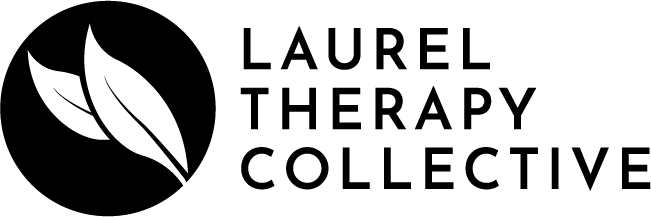What is Seasonal Affective Disorder (SAD)?
Have you ever noticed that your mood and energy levels suddenly drop when the weather gets colder? Do you just not feel like yourself during the dark and shorter days of winter? You’re not alone. Millions of Americans experience an annual onset of depressive symptoms during specific seasons of the year.
Seasonal Affective Disorder (SAD) is a common form of depression that can affect people during seasonal transitions, particularly the colder months in Fall and Winter. SAD is different from other forms of depression because people tend to feel better once the weather warms up in the Spring and Summer. People living in northern, colder climates (think Seattle or Boston) are more likely to experience SAD compared to those living in southern, sunny climates (think Miami or Los Angeles).
While many people may experience a temporary feeling of the winter blues (Hello Daylight Savings!), SAD can impact the way we think, feel and function in daily life for long stretches of time every year. So, what might winter-pattern SAD look like?
Here are some common symptoms:
Low energy
Difficulty concentrating
Oversleeping (hypersomnia)
Poor appetite or overeating
Social withdrawal and isolation
Restlessness, agitation or irritability
Feeling hopelessness or worthlessness
Loss of pleasure or interest in previously enjoyed activities
Thoughts of death or suicide
How is SAD diagnosed?
SAD can be diagnosed by an experienced mental health professional or other health care provider. Your provider may ask you about the onset and duration of your symptoms and how they impact your daily life. For SAD to be diagnosed, your depression must occur during specific seasons and have occurred for a least two consecutive years.
If you feel like you may have SAD or are experiencing mood-related symptoms that impact your daily functioning, please reach out to a health care provider.
How is SAD treated?
The good news is SAD is a very treatable condition! There are a number of treatment options for clients experiencing SAD symptoms including:
Light Therapy
Light therapy is a popular and often effective treatment that aims to supplement the direct benefits of natural sunlight by exposing people to bright light from specialized lamps. These light boxes (10,000 lux) can be easily purchased online and can be found at affordable rates on sites like Amazon. In this treatment, you sit in front of the light box for 30-45 minutes each day. You can soak up the benefits of artificial sunlight while you sip your morning coffee!
Psychotherapy
Traditional talk therapy can be another great option when coping with SAD. Depression can feel isolating, and a therapist can be an excellent source of support and encouragement. In therapy, you and your therapist can collaborate on strategies to cope with symptoms of SAD. There is even a form of Cognitive Behavior Therapy that has been specifically adapted to treat SAD (CBT-SAD).
Antidepressant Medication
SAD is thought to affect levels of serotonin, like other forms of depression. Selective Serotonin Reuptake Inhibitors (SSRIs) can be used to help boost mood and combat other symptoms of depression. Your healthcare provider will be able to discuss the risks and benefits of antidepressants and help you decide if medication is a good choice for you.
Can I prevent SAD?
While it is unclear if SAD can be fully prevented, the predictability of SAD can help you to anticipate and manage the symptoms. With the right support, you can feel empowered and prepared to work WITH Seasonal Affective Disorder and thrive in EVERY season of your life.
Sources:
https://www.nccih.nih.gov/health/seasonal-affective-disorder
https://www.psychiatry.org/patients-families/seasonal-affective-disorder

